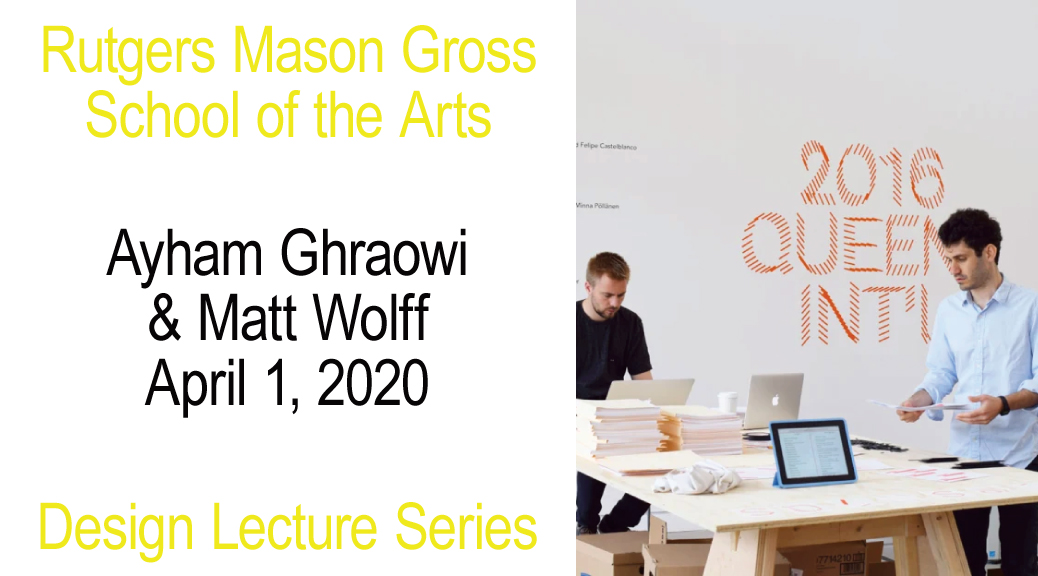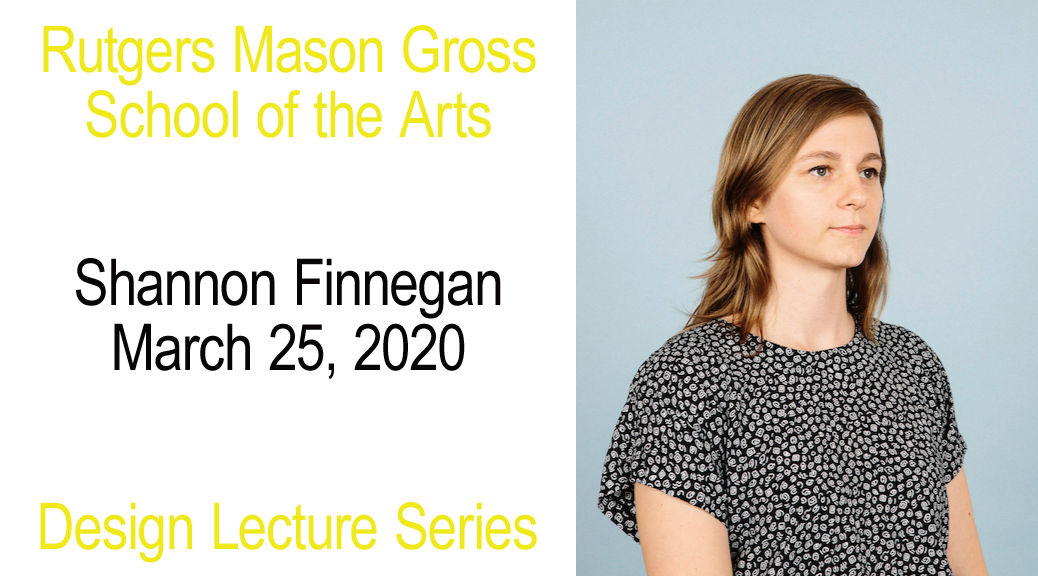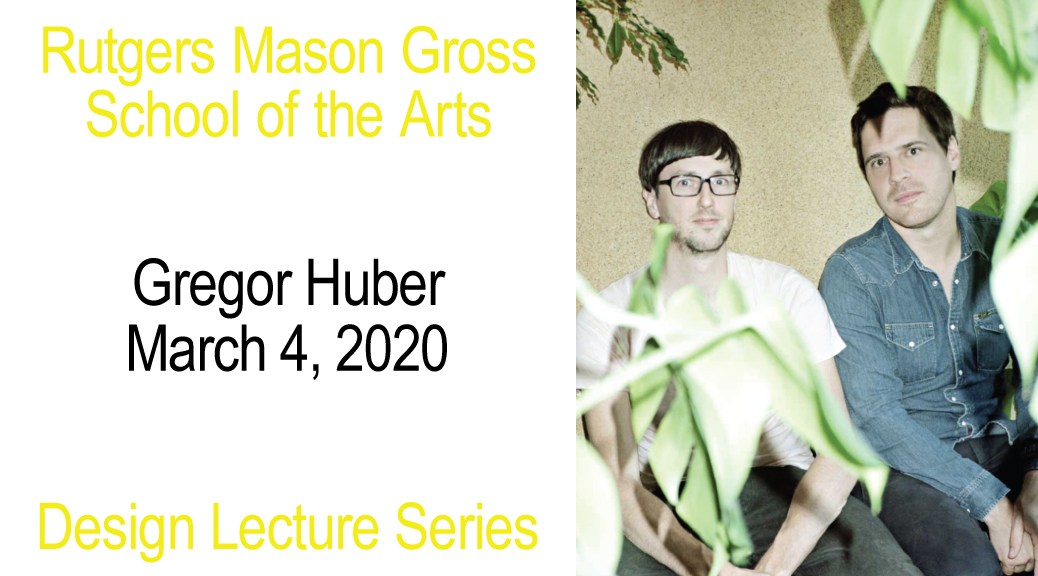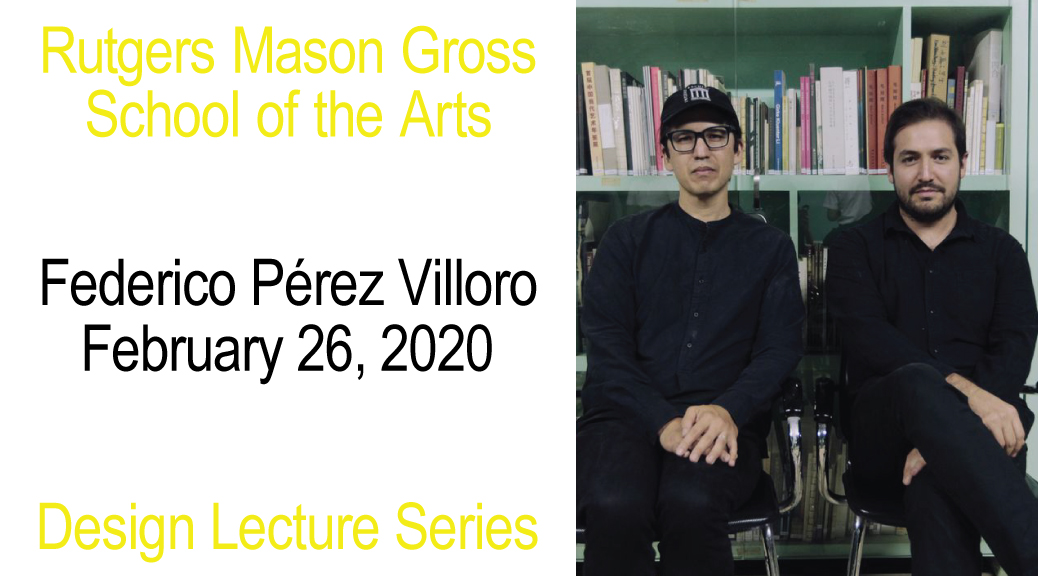Wednesday, March 4, 10:00am–1:00pm
CSB 218C
Gregor Huber is a co-founder of Huber/Sterzinger (formerly Glashaus), a collaborative design practice based in Zurich, Switzerland.
Past projects include Yto Barrada, The Dye Garden, Edition Digital Culture Nr. 6 – Virtual Reality, and A Pyrotechnic Display of Creativity (recipient of the Swiss Design Awards 2009).
On A Pyrotechnic Display of Creativity, Aurelia Müller noted:
“Gregor Huber is responsible for the content, concept and design of the Rote Fabrik newspaper and has been awarded a Swiss Federal Design Grant in recognition of his graphic design for the years 2007 – 2009. The newspaper, which appears ten times a year, provides information on the programme of events at the Rote Fabrik in Zurich, a former factory turned alternative arts centre. It also addresses a wide range of topical issues. Although it focuses more on the role of this historically left-wing institution as an ongoing project rather than on any ideological dogma, according to the graphic artist, the newspaper can and does take a political stance.”
“The themes traditionally associated with the alternative arts scene are deliberately replaced by current topics. In one issue, for instance, the newspaper explores ‘Wissen und Bedenken’ [Knowledge and Misgivings]. In another, it looks at the Wikipedia Generation and the rise of half-knowledge. Under the heading ‘Focused on you and your needs’, the question of survival in a corporate world is discussed, while an issue devoted to ‘Selbstveröffentlichung’ [Self-publication] is all about privacy and the quest for identity in a mass-media society. What is particularly remarkable about this newspaper is the way it merges content and form: in this issue, a Facebook-style layout is used to convey all the information gathered online and collated to form the fictitious personal profile of a so-called Mr Rolf Müller.”
“The key to the graphic design of the Rote Fabrik newspaper is that it responds specifically to the current theme of each issue and is freely adapted to suit the topic rather than having to follow a prescribed format. This tailor-made approach means that the design of each issue is unique, brimming with ideas and invariably full of all sorts of surprising and unexpected graphic solutions.”
“Gregor Huber notes how important it is for him to be on the lookout for new, experimental ways of getting the message across. He has certainly proved that amply in his design for the newspaper. The positively pyrotechnic display of creative ideas in his use of different styles, together with his meticulously executed and highly varied solutions make him a deserving winner of this award.”
http://spring2020-seminar.designforthe.net/





